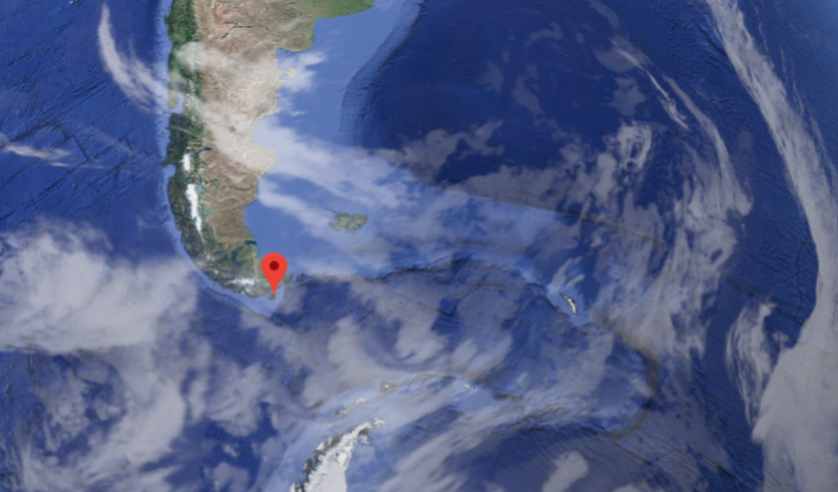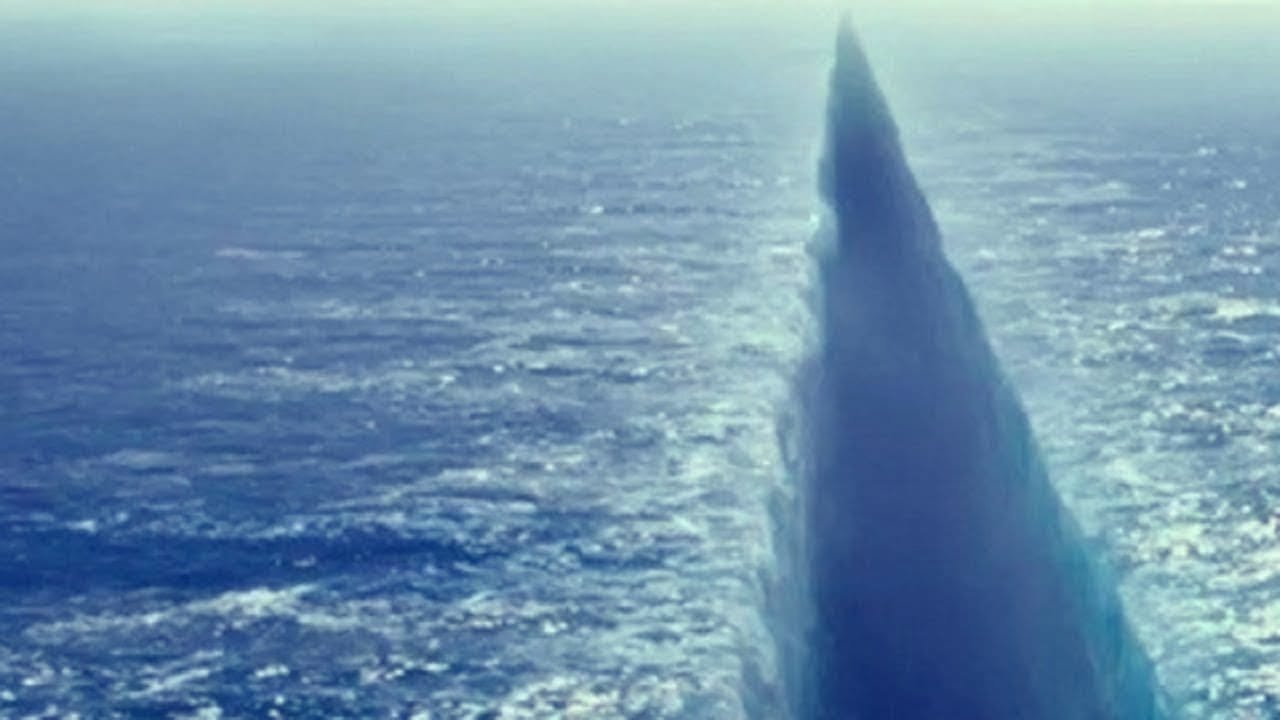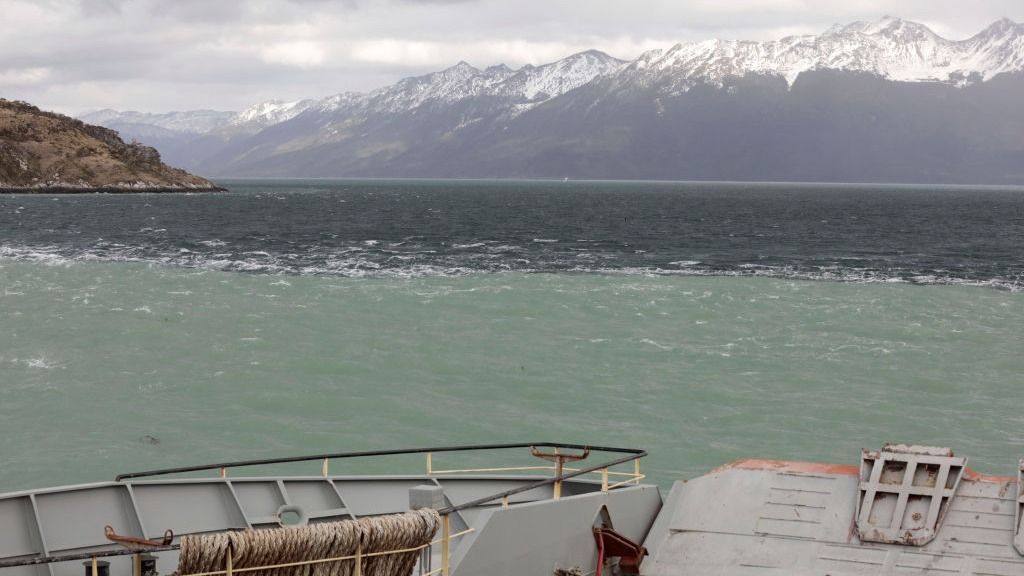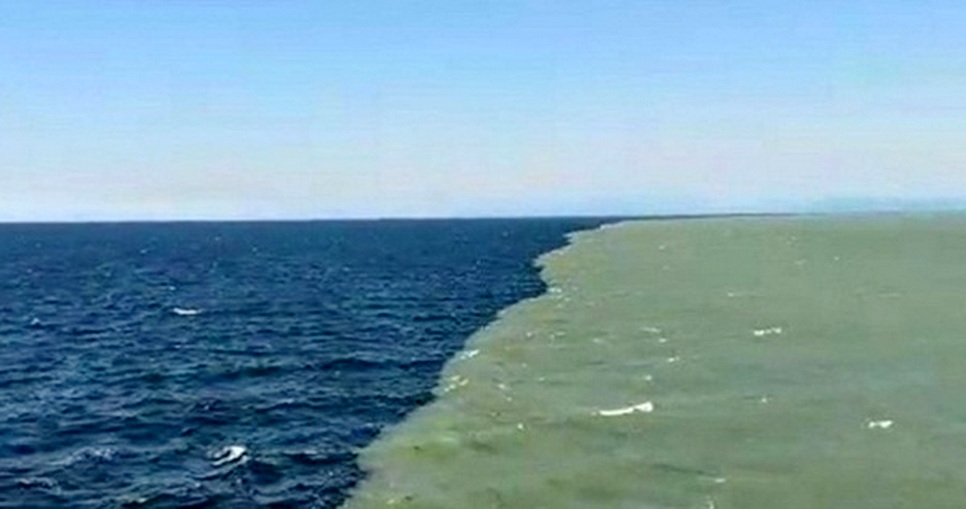Why Does The Pacific And Atlantic Ocean Not Mix

Ever stood on a beach, watching the waves crash in, and wondered about the ocean? Specifically, what happens when two gigantic oceans meet?
It's a question that pops into your head, especially if you've seen those photos online. You know the ones – vibrant, contrasting colors, seemingly side-by-side, like a giant, watery layer cake.
The Not-So-Secret Secret
So, do the Atlantic and Pacific Oceans really *not* mix? Well, that's a bit of a myth. They do mix, eventually. The process is just a bit more complicated than stirring cream into your coffee.
Imagine two stubborn siblings sharing a milkshake. One likes it thick and cold, the other likes it a bit warmer and watered down.
They might glare at each other across the glass, unwilling to blend, but give it enough time, and some gentle nudging, and they'll eventually become one (slightly lopsided) milkshake.
The "Why" Behind the Waves
So, what's the deal? Why the dramatic "unmixing" we sometimes see? There are a few key players involved in this oceanic standoff.
Think of it like a dance-off between water properties. Salinity, or the amount of salt in the water, is one. The Atlantic tends to be saltier than the Pacific in certain areas.
Next up is density. Saltier and colder water is denser than warmer, fresher water. Density differences are very important!
When waters with different densities meet, they don't readily mix. The denser water tends to sink below the less dense water, creating a visible boundary.
The Coriolis Effect & Other Swirls
We also have the Coriolis effect, caused by the Earth's rotation, which influences ocean currents. Think of it as the DJ spinning the turntables, giving the ocean currents their groove.
Then there are things like water temperature and currents. Think of the ocean as a huge network of roads and highways, all with different traffic patterns.
All these factors come together to create these zones where the water properties are very different, and as a result, the mixing is slower, creating a visually distinct boundary.
More Than Just Water
These mixing zones are incredibly important for marine life. Nutrients from the deeper, denser water get brought to the surface, feeding plankton.
Plankton are the base of the food chain, supporting everything from tiny fish to giant whales.
Think of these mixing zones as underwater buffets for all sorts of marine creatures.
So, while the idea of two oceans stubbornly refusing to blend is a fun image, the reality is a bit more nuanced. It's a slow dance of water properties.
Next time you're at the beach, remember the hidden dance occurring just beyond the waves. It's a reminder that even seemingly separate entities are ultimately connected in our vast, beautiful world.
And maybe, just maybe, you'll see a glimpse of that watery layer cake, a testament to the ongoing, subtle blending of two mighty oceans.




